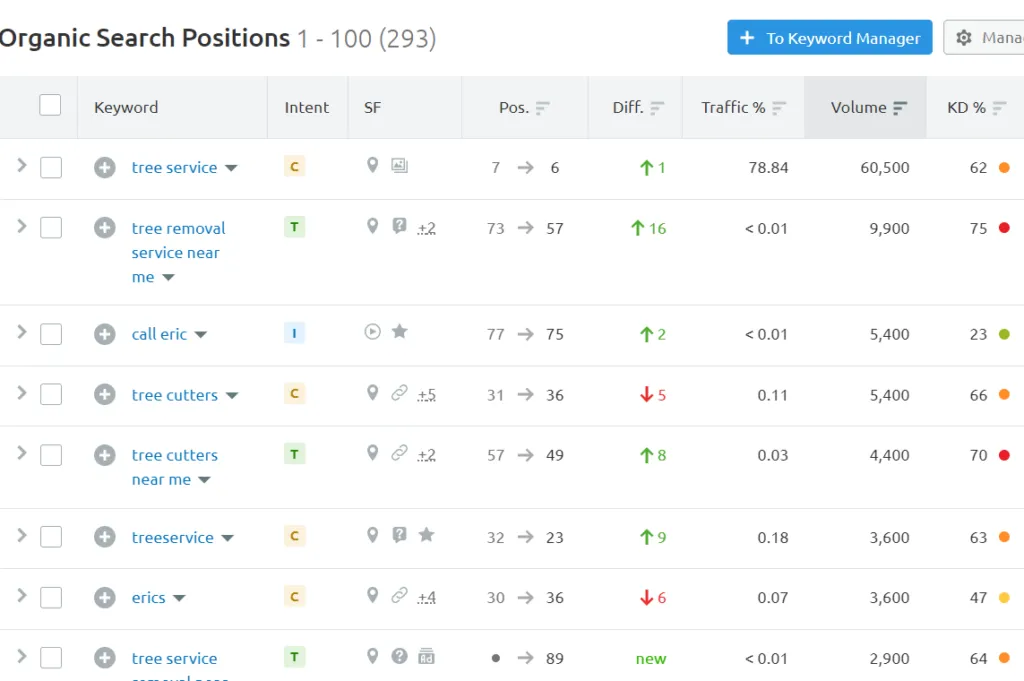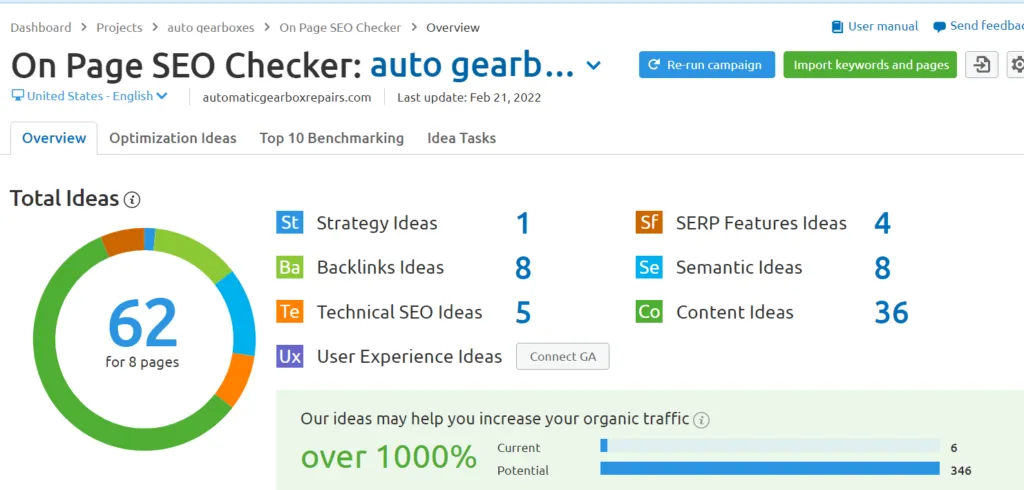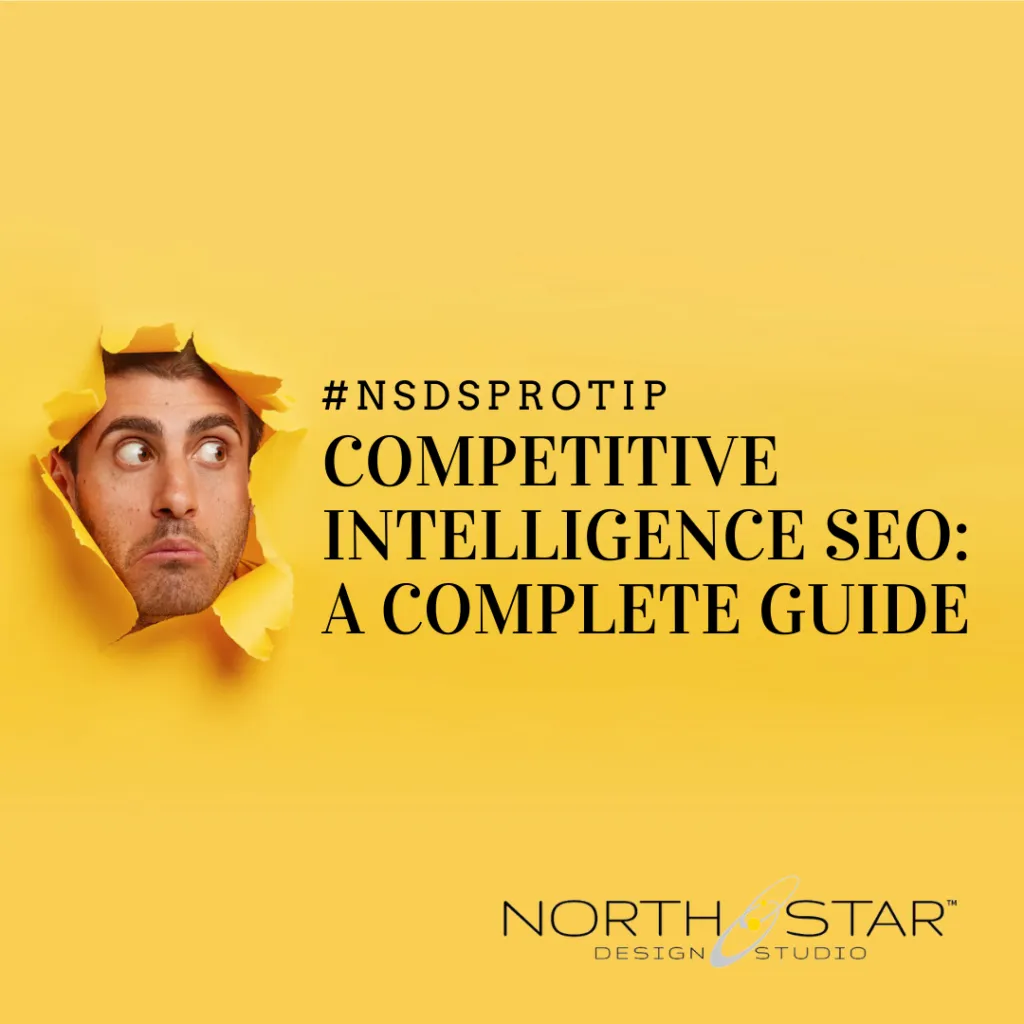
Competitive intelligence (CI), sometimes called Competitor Analysis (CA), is the process of monitoring, obtaining, and evaluating data on your competitors and industry by using legal and ethical means, to make better business decisions. It can assist brands and businesses in identifying strategic gaps, niche opportunities, and growth possibilities. In this article, we’ll guide you through the process of Competitive Intelligence SEO and help you to understand its value.
Stealing is bad but not in SEO. Steal your competitors’ SEO tactics for better growth.
In the past, only enterprise-level organizations had the financial resources to invest in gathering competitor intelligence, but that is changing. According to a Crayon study, 94% of businesses are investing in competitive intelligence. The same study indicates that the availability of digital marketing technology has greatly helped in identifying and monitoring competitors’ strategies. Consequently, the business environment has become more competitive than ever.
What is SEO Competitive Intelligence?

SEO Competitive Intelligence refers to the data and information about rival brands/businesses that can be leveraged to help your website rank higher on search engine results pages (SERPs), ultimately leading to more traffic. Competitive intelligence enables businesses to determine the strategies of their competitors and find out which methods work and which do not. This article will discuss how SEO competitive intelligence can help you obtain an advantage over direct competitors.
Benefits of Gathering SEO Competitive Intelligence

Proper Competitor Analysis will assist in identifying areas of weakness. These are the areas where your competition is outperforming you. Recognizing this provides a road map for improving your SEO strategy.
A thorough examination of your competitors’ SEO can also reveal a great deal about SEO in your specific niche. It will highlight critical search terms and then you can determine whether it’s worth it to compete for them. Additionally, worthwhile backlink tactics will become apparent, including insight into the domains from which to attempt to obtain valuable backlinks.
For these and other reasons, SEO-focused competitor analysis is critical to the success of any overall SEO strategy.
How to Compile Competitive Intelligence for Search Engine Optimization

Step 1: Identify Your Competitors
If you’re a service-based business, your competitors are those businesses that offer your exact services and are competing for the same dollars from the same customer base. For the purposes of SEO, they must also have an online presence to be a competitor and be serving the same geographical location (a business without a website simply isn’t competition).
Most everyone is also likely to have some indirect competitors which should be identified as well. Indirect competitors offer a different product or service but may appeal to your target market, ultimately competing for (nearly) the same dollars. Think hairdryers vs flat irons or sandals vs sneakers. It’s important to seek inspiration from their SEO strategies as well.
Checking the search results for your most popular keywords is the first step in determining your online competitors. Consider not only the most popular keywords, but also your longtail keywords and the keywords that result in most sales, leads, or phone calls. Once you have completed the keyword research and identified all those golden keywords, you can identify your competitors as well.
Compare your website’s stats with these competitors. Look into their traffic analytics to find where they are getting most of their website traffic. Look into various SEO metrics to get valuable insight into their strategy. For each of these key metrics, you can use a paid tool like SEMRush.
At NSDS, we identify the SEO competitors of our clients before we plan any content or even the website design or site structure in many cases. One of our clients, a CT-based tree company, requested web development and on-page SEO services. We identified their competitors by finding out the top-ranking websites for their most important keywords like “tree service Connecticut.”
After identifying our client’s most important competitors, we dug deep to understand their strategies and leveraged that intel to the benefit of our clients’ technical and on-page SEO.
Step 2: On-site Competitive Intelligence

Now that you’ve identified the websites you need to watch as part of your competitive intelligence strategy, you can begin researching the on-site elements that contribute to their search engine ranking. You might discover not only what they are doing correctly, but also what you are doing incorrectly.
- Technical SEO
You can start with technical SEO elements such as:
URL and file naming structures:
Analyze the URL and site naming structure of your competitors’ websites.
Development and Coding Structure of the Site:
Find out which programming language is being used to create the website. Are there any plugin conflicts, incompatibilities across programming languages, unique functionalities, or distinct intellectual property rights? This information is critical in competitive SEO intelligence.
Page Title and Meta Title
The page title is one of the most influential HTML components in SEO (ie: H tags). Find out the page title structure of top-ranking websites and follow it. The Meta title can vary slightly and can be used to bridge the gap between what Google and users need to understand what a specific web page is about.
Meta Tag Review (Description)
While META tags are not directly related to rankings, they are very important since search results often include the META Description tag. Given this, an optimized meta description that prompts the searcher to act is ideal. Additionally, using the targeted keywords enables them to be bolded or otherwise highlighted in the listings – aiding in the conversion of additional SERP clicks to the optimized site.
- On-Page SEO
After gaining insight into technical SEO, you can dig deeper into on-page SEO elements like ranking keywords and content structure.
Keywords
Find out all the keywords for which your competitors are ranking. You can derive this information from a premium SEO tool like SEMRush. Select keywords against which you can compete. KWs with high difficulty scores should be avoided unless you’re committed to a solid blogging strategy that includes optimization as is supported by paid digital advertising (ie: paid SEM).
For example, the following image shows some of the most important keywords for which a competitor of our client, EC Tree, ranked. A breakdown like this creates a solid foundation for building an SEO strategy.

Another way of finding low-hanging fruits is through Keyword Gap. Ultimately you’re looking to see which keywords your competitor is ranking for which you are not. Professional tools like SEMRush have features specific to this.
Content Creation
On-page content is a critical, foundational component of any SEO Strategy. The goal is to marry keyword research and competitor analysis to develop content that both Google and prospects understand. For service-based businesses, it’s best to start with content development for individual service pages and the homepage. That content should be optimized for keywords with a low keyword difficulty score and better search volume. Your content must be better than your competitors and don’t hesitate to mimic a feature, or specific structure, if that competitor is ranking for keywords you find beneficial to improve current content.
When attempting to rank for a keyword, your competition is comprised of all the website pages that rank on the SERPs for that phrase. Now, not all competition is the same.
TIP: Some competition might be informational sites like teaching hospitals, educational institutes, resource sites, or even wiki. If the bulk of the competition is for informational sites and those sites are ranking well for a KW, then skip that KW and move on to the next as Google has already decided that users expect informational sites for that specific KW, and it’s unlikely you’ll be able to rank for it. You want to use keywords that generate results with appropriate relevancy meaning that the intent of the user is relevant to your conversion needs (in short you want to use KWs that bring up commercial results, meaning results for users who intend to buy.)
Apart from carefully reviewing the content, you may utilize SEMrush’s SEO Content Template to get critical information about other pages that rank for your term.

This feature uses the data from the top-ranking pages for a specific keyword and compares it against your content. It also suggests how you can improve your on-page content to rank higher than your competitors.
Market Muse is another tool that provides even more information about the top-ranking pages for a keyword. Not only does it provide the most often used supporting keywords and phrases in its SEO report, but it also highlights how important each long-tail keyword is in terms of search rankings. This information can help you to optimize your content with more precision and improve your search engine rankings.
Step 3: Off-Page Competitive Intelligence
Backlinks
Building high-quality backlinks can improve your search engine rankings. For this, you should examine your competitors’ backlink profiles with a tool like SEMRush. The authority score of the websites is determined by the number and quality of backlinks they possess. The greater the number of backlinks, the higher the authority score is. You can read more about authority scores here on the SEMRush website.
You may also view which websites are backlinking to your competitors’ websites. The objective here is to determine how your competitors obtained these links and how you might mimic the process for your site. Analyze their campaigns to determine the tactics they employ, and follow social media to identify future social linking campaigns.
Local Listings
Research your competition’s local SEO listings on Yahoo Local, City pages, BOTW Local, MSN Live, and other local search engines or profiles. These results can provide an insight into your competitors’ local SEO strategies.
Social Media
Do they aggressively market their business via social media? Is their company listed on Wikipedia? How do they rank for their brand name, and do these results include social profiles? Have they even established a social media presence for their brand? Do they offer internet video distribution? This research will assist in developing a social media strategy and identifying competitive advantages that you may leverage.
Competitor Research without the Fancy Tools

“Please, go Google yourself.” is homework almost every NSDS client is sent off with unless they’re using a listings management service. We have clients ‘google themselves” and then check every link on the first 3 pages of the search results. From there, they can find, check, claim and update online business profiles they may not have known existed.
We recommend a similar tactic for the competition. We can then evaluate those listing directories and see if creating a profile there makes sense for our clients as part of their DIY off-page SEO strategy. Sometimes it is and sometimes it isn’t, listing directories with low authority scores is not worth the effort usually though the water is a tad murky around industry-specific directories. Be sure to search variations of the business name and common misspellings.
Follow this up by ‘pretending’ you know NOTHING about what you do and start googling for your services like a layperson. For example, parents who are in need of pediatric PT for torticollis do NOT know what torticollis is until a professional tells them. They are ‘problem aware’, not solution aware. As such, they may start their search for a solution with terms like ‘nursing difficulty or ‘help with nursing”. Think outside the box and consider the terms past clients used initially with you.
TIP: Research your competitors online from an incognito browser page to prevent your browser’s cache and your own search history from feeding skewed results based on your location or your previous search history.
Key Takeaway

By employing the strategies outlined above for gathering SEO competitive intelligence, you should be better positioned to build a strategy to aid in the growth of your search ranks.
The obtained data can also assist you in developing an overall marketing strategy that incorporates several channels such as content marketing, social media, and others.
By improving your content and establishing partnerships with reputable websites relevant to your industry, you pave the ground for the development of a superior website that maximizes the capabilities of SEO.
Now that you’ve had a peak under the hood of competitor analysis, we hope at a minimum you have a better understanding of the immense value CA can have for your business. Request a Free SEO Audit via email and we’ll send you an easy-to-read report.
Competitor Analysis and KW Research are the bedrock of all NSDS website development projects. We believe these elements are critical for creating a truly effective website with ROI that sets you above the competition. If you’re ready to take your business in the right direction, schedule a consultation today and learn how the North Star team can help. Get started here.





